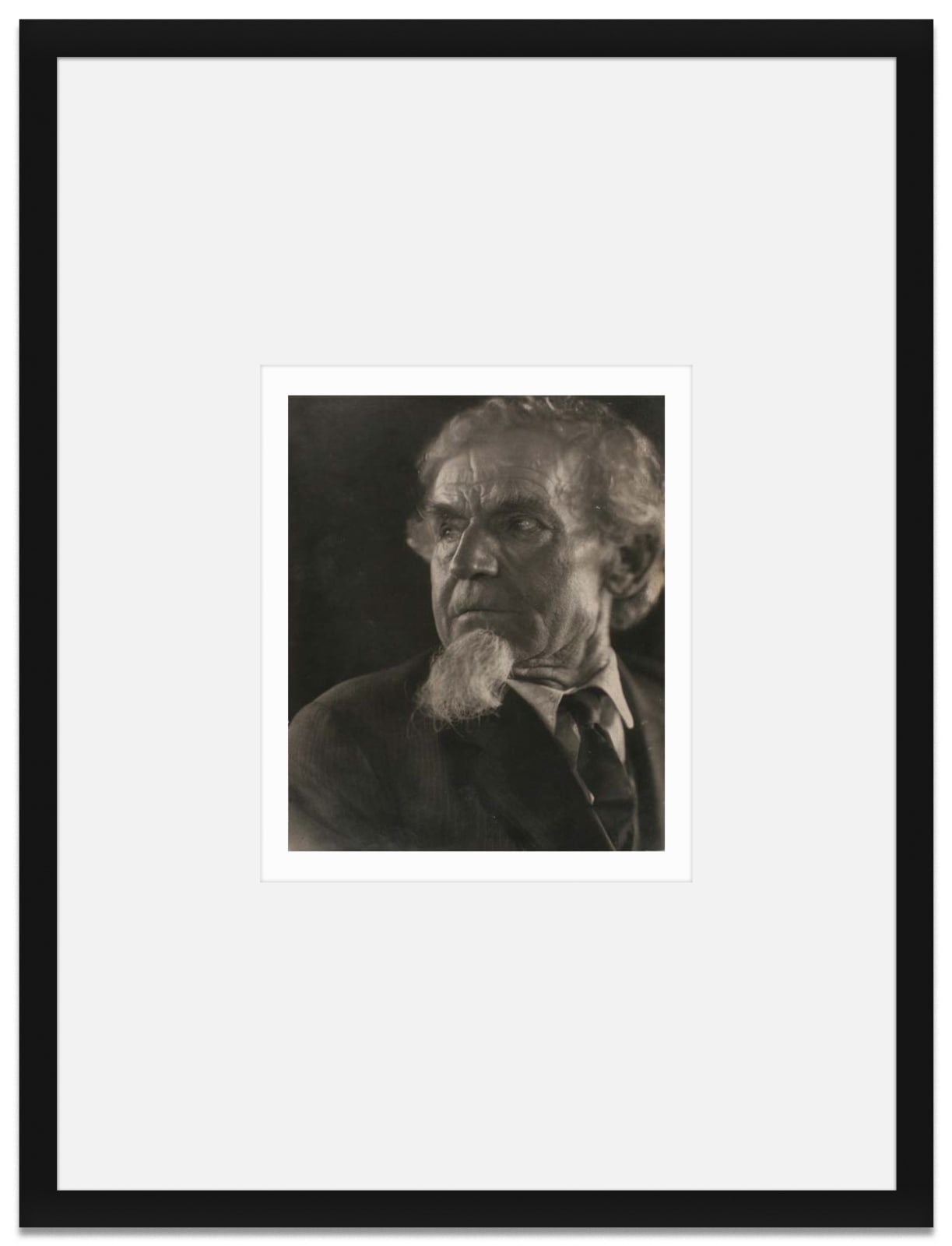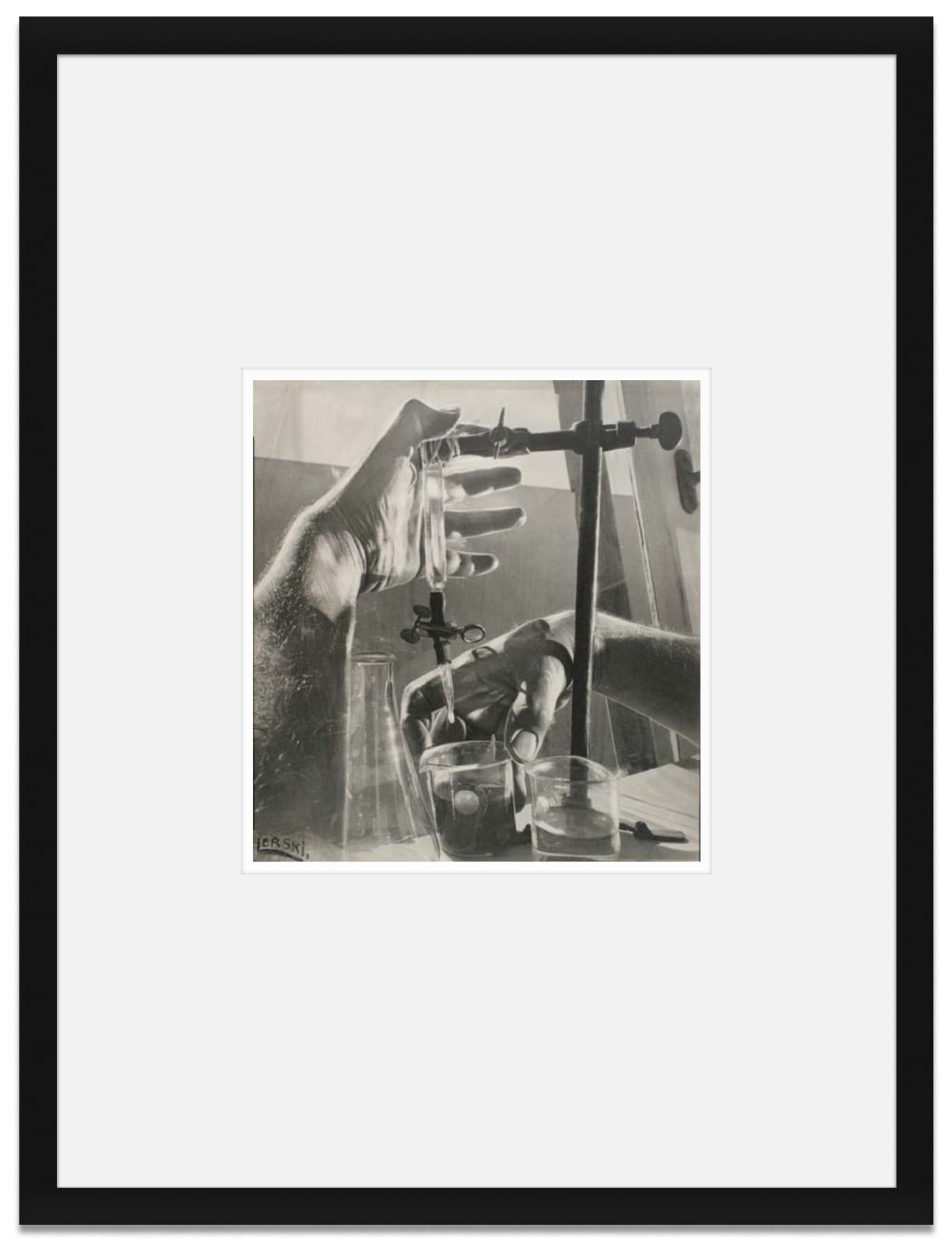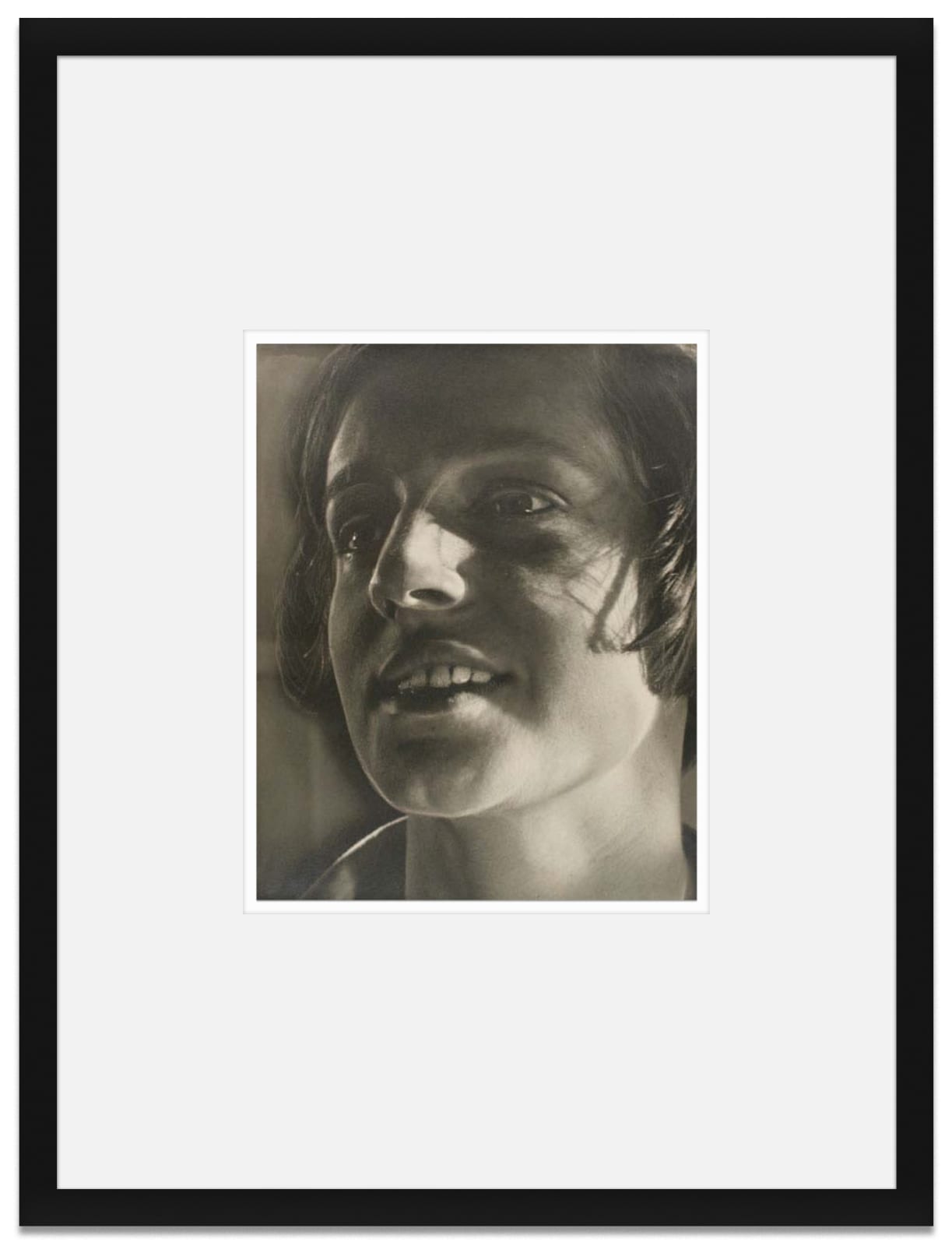Helmar Lerski 1871, Strasbourg, France-1956, Zürich, Switzerland
-
 Helmar Lerski. Self-portrait
Helmar Lerski. Self-portrait -
The setup of lighting was always a fundamental aspect of Lerski's artistic method: “Light is a proof that a photographer can create freely, following his mind’s eye, like a painter, designer, or sculptor”.
After spending over 20 years as an actor in the United States, Lerski ventured into photography. Throughout his life, he continuously shifted between photography and cinema. Drawing on his theatrical background, Lerski incorporated stage lighting techniques into his portraiture, particularly when capturing images of his actor friends.
Lerski's distinctive style of portraiture, which was unconventional for its time in America, began to emerge. Rather than striving for an exact likeness or capturing individual facial features, he focused on universal imagery and archetypes. He employed contrasting light as a filter to eliminate any inaccuracies. Using numerous mirrors and special filters, he achieved dramatic light and shadow effects, transforming the human face into a sculpted landscape or an abstract relief.
Remarkably, Lerski achieved these groundbreaking results without the use of extraordinary technical devices. His technique relied on a large-format camera, mirrors, and contact prints. The essence lay in his concept and artistic approach to portraiture.
Lerski considered his most significant breakthrough to be his ability to convey the facial changes, transformations, and metamorphoses resulting from camera angles and lighting.
One of Lerski's most important series of works revolved around Palestinian portraits. After multiple trips to Palestine starting in 1931, he presented a series of portraits that showcased expressive and formal innovations. These works transcended mere artistic events, provoking ideological, nationalist, and religious debates. While creating his renowned Judaic portraits, Lerski was driven by the desire to officially document the Jewish national character in all its significance and grandeur:
“I want to show only the prototype in all its off-shoots, and what is more, I want to show him so intensely that the prototype is recognizable in all later branches…”
Despite the controversy stirred by his works, Lerski garnered support from the intellectual elite of the time. Notably, Albert Einstein, who later wrote introductions for Lerski's "Jewish Faces" catalog, was among the sympathizers of his work. The series expanded to include "Arabic Faces" and "Working Hands" photographs, which were exhibited at the Tel Aviv Museum in 1945.
As a multimedia artist well ahead of his time, Lerski introduced numerous innovations to cinema. His films, such as "Avdah" and "Adamah," featured a unique rhythm, dynamic compositions, and revolutionary editing techniques. Esteemed critics regarded Lerski's films on par with Eisenstein's "Battleship Potemkin" and Leni Riefenstahl's "Triumph of the Will."
Today, experts consider Helmar Lerski, alongside Alfred Stieglitz and Edward Steichen, to be one of the 20th century's photography classics and major innovators.
SELECTED MUSEUM EXHIBITIONS:
Tel Aviv Museum or Art (Tel Aviv, Israel)
Museum of Modern Art (MoMA) (New York, NY, USA)
The Israel Museum (Jerusalem, Israel)
The Museum of Art and History of Judaism (ManJ) (Paris, France)
Albertina Museum (Vienna, Austria)
The Currier Museum of art (Manchester, NH, USA)
The Art Gallery of Ontario (AGO) (Toronto, Canada)
-
WorksOpen a larger version of the following image in a popup:

Actress in the USA, 1912
Vintage gelatin silver print, 23.8 x 17.5 cm
Titled on verso
Open a larger version of the following image in a popup:
German American Farmer, 1914
Vintage gelatin silver print, 23.2 x 18.3 cm
Titled on verso
Open a larger version of the following image in a popup:
Arabs and Jews, 1931–1935
Open a larger version of the following image in a popup:
Arab Girl, 1933
Vintage gelatin silver print, 29.2 x 23.2 cm
Signed on recto and titled and annotated on verso
Open a larger version of the following image in a popup:
Arab, 1933
Vintage gelatin silver print, 28.6 x 23.2 cm
Titled and stamped on verso
Open a larger version of the following image in a popup:
Hands of a Carpenter, 1944
Vintage gelatin silver print, 29.8 x 23.5 cm
Titled, stamped and annotated on verso
Open a larger version of the following image in a popup:
Hands of a Chemist, 1944
Vintage gelatin silver print, 25.4 x 23.5 cm
Signed on recto and titled, stamped and annotated on verso
Open a larger version of the following image in a popup:
Everyday Faces, 1928–1931
Open a larger version of the following image in a popup:
The Housekeeper, 1929
Vintage gelatin silver print, 29.5 x 23.5 cm
Titled and annotated on verso
Open a larger version of the following image in a popup:
The Beggar, 1929
Vintage gelatin silver print, 29.2 x 23.2 cm
Signed on recto and titled and annotated on verso
Open a larger version of the following image in a popup:
Metamorphosis Through Light, 1936
Helmar Lerski 1871, Strasbourg, France-1956, Zürich, Switzerland
Collection of 88 vintage prints – the visual material of the original maquette for the book ‘Der Mensch – Mein Bruder’, 1912–1944Vintage gelatin silver print29,8 × 23,8 cm
Titled on versoFurther images
-
(View a larger image of thumbnail 1
)

-
(View a larger image of thumbnail 2
)
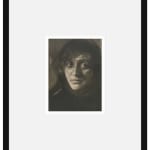
-
(View a larger image of thumbnail 3
)

-
(View a larger image of thumbnail 4
)
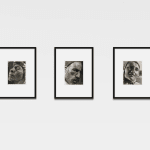
-
(View a larger image of thumbnail 5
)
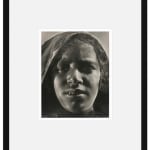
-
(View a larger image of thumbnail 6
)
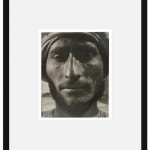
-
(View a larger image of thumbnail 7
)
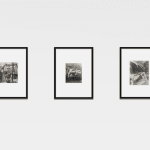
-
(View a larger image of thumbnail 8
)
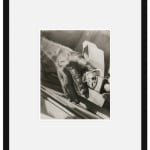
-
(View a larger image of thumbnail 9
)

-
(View a larger image of thumbnail 10
)
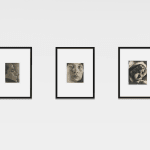
-
(View a larger image of thumbnail 11
)

-
(View a larger image of thumbnail 12
)
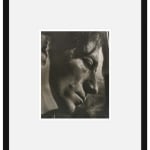
-
(View a larger image of thumbnail 13
)
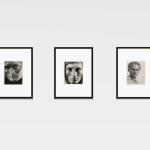
-
(View a larger image of thumbnail 14
)
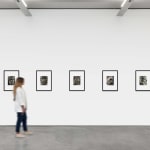
The collection of 88 vintage prints – a visual material for the book 'Der Mensch – Mein Brude' (1958) includes works from five significant series: Lerski Pictures (1911–1914), Everyday Faces...The collection of 88 vintage prints – a visual material for the book 'Der Mensch – Mein Brude' (1958) includes works from five significant series: Lerski Pictures (1911–1914), Everyday Faces (1928–1931), Arabs and Jews (1931–1935), Metamorphosis Through Light (1936) and Hands (1944).
The organization of light was always the main part of Lerski's artistic method. "Light is a proof that a photographer can create freely, following his mind's eye, like a painter, designer, or sculptor". Lerski managed to reverse the traditional notion of portrait art without applying any of supernatural technical devices. His technical know-how was limited to working with a large format camera, mirrors and contact prints. It was all about the concept, the approach of an artist to the portrait execution.
Learn more about Helmar Lerski
Exhibitions
Helmar Lerski. Gary Tatintsian Gallery, Moscow, Russia. Feb–Mar 2008
'Der Mensch – Mein Bruder'

‘Der Mensch – Mein Bruder’ (Mankind. My Brother), 1958
Lerski Pictures (1911–1914)
Everyday Faces (1928–1931)
Arabs and Jews (1931–1935)
In his frequent correspondence with Albert Einstein, Lerski reflected on the state of the Jewish community. Einstein, aware of Lerski’s idea as early as 1930, wrote to him: “The Jews today are more a national than a religious community. The documentation of this type, as difficult as it may be, thus fulfills an active wish.”
In 1932, Lerski settled in Tel Aviv, where he remained until his return to Europe in 1948. He continued his portraiture work, expanding his concept for Jewish portraits to include the series “Palestinian Portraits” and “Arab Portraits.”
Metamorphosis Through Light (1936)
Hands Portraits (1944)
Viewing Rooms -
(View a larger image of thumbnail 1
)



